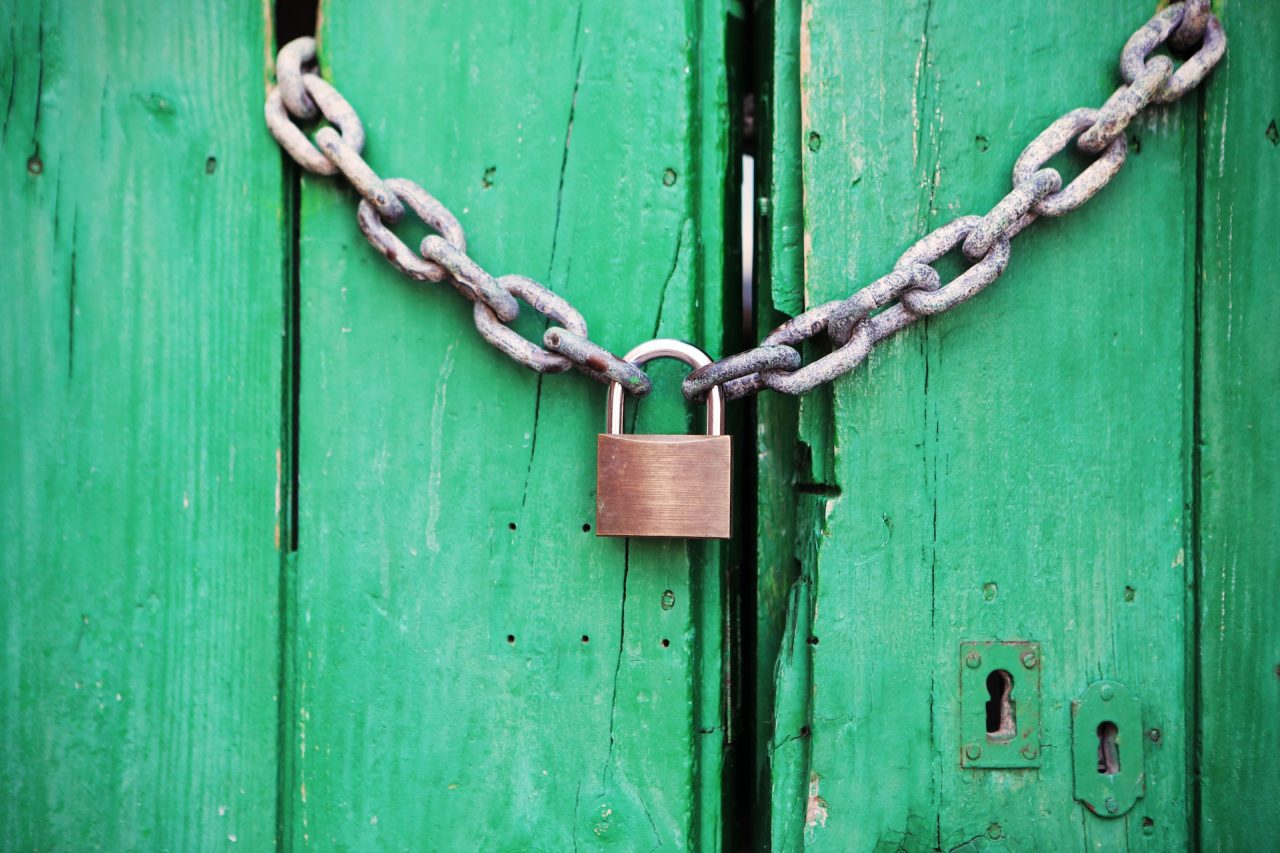There is an ingrained idea that secure connections will protect our data online. Unfortunately, this belief is not always rooted in reality. This article will explore the reality of secure connections and how they may be deceiving us. Secure Connections: A False Sense of Security?
A Deceiving Disguise: Uncovering the Myth of Secure Connections
Secure connections are designed to keep our data safe. While they appear to do so, a closer inspection reveals otherwise. As it turns out, there are a few cracks in the supposed “protective” system.
For starters, even though secure connections happen over an encrypted line, a hacker can still intercept and read our data. Additionally, despite the reassuring “lock” icon in your browser window, there is no guarantee that your internet connection is entirely secure. It could very well be that the website in question does not use proper encryption. To make matters worse, the “secure connection” could be routed through several different countries on its path and thus be exposed to multiple security risks.
Lastly, even when using a virtual private network (VPN), the security guarantee is limited to your data traveling over the web. VPNs cannot help you if a website you are using is compromised.
Stepping Behind the Mask: Exploring the Reality of Security Falsehoods
When it comes to secure connections, a number of false claims exist. Firstly, it is not true that connecting to a website over a secure connection by itself keeps your data safe. Sure, the data cannot be tampered with or “read” by someone. However, it can still be intercepted and recorded.
Secondly, many believe that companies that use secure connections must follow security protocols to protect their customers’ information. While this may be true to some degree, there are often security protocols that they must follow to which they do not comply. Thus, to ensure your data’s safety, you should research the company’s security policies to make sure they are up to industry standards.
Finally, a common misconception is that the “lock” image next to the website URL is an indication that a secure connection is in place. This is only true if the website is indeed using a secure connection. But if the website is not using encryption, it may not be as safe as the “lock” icon suggests.
Secure Connections: A False Sense of Security? Conclusion
Secure connections may seem like an effective way of keeping our data safe, however, this is often not the case. Many misconceptions about secure connections cloud our judgment and make us believe that our data is secure when it might not be. This is why it is essential to make sure that the proper security protocols are being followed and that the website is indeed using a secure connection. When it comes to internet safety, maintaining a healthy level of suspicion can be the difference between a secure and an insecure connection.
Check out our other article Is blocking malware connections enough?
Check out our article How do I fix website infections and get rid of malware? to learn more about cleaning an infected website.
Do you believe a padlock makes you secure? Post in the comments your security practices and tips.

Ivan Petrov is a computer programmer and data scientist. Graduate of Sofia University St. Clement Ohridski.
